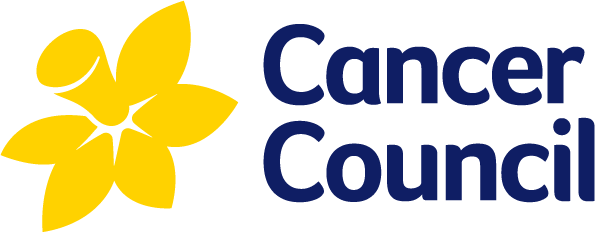Media Release
Cancer prevention must be prioritised as almost one third of Australian deaths caused by cancer
10 October 2025
New data released today by the Australian Institute of Health and Welfare (AIHW) estimates that in 2025, cancer will be responsible for around 3 of every 10 deaths in Australia. Cancer Council stresses that prevention must be prioritised by Australian Governments to support Australians to live healthier lives and avoid future cancer related deaths.
Over the past two decades, prevention measures, new research, and technology advancements have created better ways to detect and treat cancer earlier alongside more effective cancer treatments, improving five-year survival rates to 72%.
Anita Dessaix, Chair of Cancer Council’s Public Health Committee, said “Any Australian affected by cancer is one too many, and Cancer Council is here to support all Australians affected by cancer today. However, we must not accept 3 in 10 cancer deaths, or even cancer diagnoses as inevitable, when Australian Governments and Australians can take steps today to reduce this impact.”
While we can't prevent all cancers, this report reminds us that 1 in 3 cancers are preventable. Government investment addressing the social and commercial determinants of health can reduce the cancer impact and burden.”
According to the AIHW close to one million Australians will have been diagnosed with cancer in the last 10 years. It is estimated that by the end of 2025, there will be around 170,000 cases of cancer diagnosed in Australia, this represents an increase of around 93% over 25 years.
Ms Dessaix says, “As we have seen the rise in the number of Australians diagnosed with cancer, it is important to remember that population growth and increasing numbers of people reaching older ages, for which overall cancer rates and their survival rates are higher, has also contributed to this increase.
“However, we can help future generations from avoiding this cancer burden, by acting today. We know that four out of five of the most common cancer types in 2025 – breast, bowel, lung and melanoma – are often linked to modifiable risk factors that we can change.
“Knowing there are things all Australians can do to reduce their risk of cancer, such as quitting smoking, being sun safe at peak UV hours, swapping out unhealthy and processed foods for healthier options, maintaining a healthy weight, reducing their alcohol intake, and being physically active.
“We also encourage Australians to get checked by participating in the cancer screening programs they are eligible for, as we know the earlier cancer is detected, the better the outcomes.”
National Cancer Screening programs available to Australians include the National Cervical Screening Program, the National Bowel Cancer Screening Program, BreastScreen Australia and more recently, the National Lung Cancer Screening Program. These programs have resulted in tens of thousands of cancers being identified early and treated successfully.
“Whilst Australians can take up healthy habits to reduce their cancer risk, Cancer Council urges Australian Governments to take action that best supports Australians to do so. Almost one in two of us will be affected by cancer in some way, but it doesn’t have to be this way forever. Whilst we continue researching to better understand, prevent and treat cancer, we have a responsibility to act on what we know now. That means, prioritising prevention, particularly by the Federal Government investing in and implementing the National Preventive Health Strategy.” Dessaix concludes.
